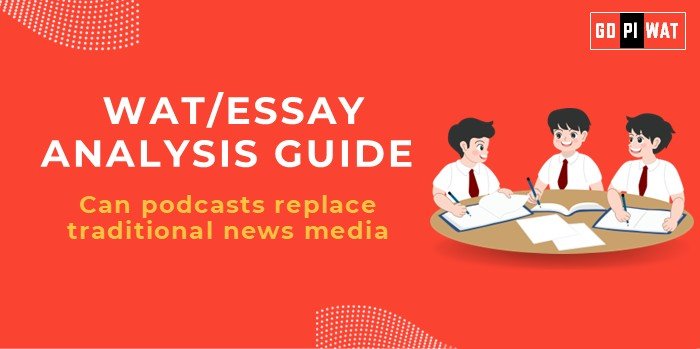📋 Written Ability Test (WAT)/Essay Analysis Guide
🌟 Understanding the Topic’s Importance
Reviving traditional crafts aligns with sustainability goals and contributes to rural economic development, cultural preservation, and global branding of India as a creative hub.
📝 Effective Planning and Writing
Time Allocation (30 minutes):
• Planning: 5 minutes
• Writing: 20 minutes
• Review: 5 minutes
• Planning: 5 minutes
• Writing: 20 minutes
• Review: 5 minutes
Essay Structure:
1. Introduction (60 words): Contextualize India’s cultural heritage and economic potential.
2. Body (350 words): Cover achievements, challenges, and global comparisons.
3. Conclusion (60 words): Propose actionable solutions.
1. Introduction (60 words): Contextualize India’s cultural heritage and economic potential.
2. Body (350 words): Cover achievements, challenges, and global comparisons.
3. Conclusion (60 words): Propose actionable solutions.
💡 Introduction Techniques
- ⚖️ Contrast Approach: “While India’s traditional crafts are globally admired, they face neglect in their homeland due to industrialization.”
- ⏳ Timeline Approach: “From being the backbone of India’s ancient economy to near extinction today, traditional crafts have seen a turbulent journey.”
📚 Structuring the Essay Body
- ✅ Achievements: Growth in GI tagging, export markets, and regional success stories.
- ⚠️ Challenges: Wage disparity, lack of youth interest, and poor infrastructure.
- 🌏 Future Outlook: Suggest eco-friendly marketing, government-private partnerships, and technology integration.
🔗 Concluding Effectively
- ⚖️ Balanced Perspective: “India must strike a balance between modern innovation and traditional authenticity to sustain its craft legacy.”
- 🌍 Global Comparison: “Following Japan’s model, integrating traditional crafts into tourism can ensure sustainability and global recognition.”
✨ Recommendations for Sustainable Progress
- 🔧 Strengthen artisan clusters through training and financial support.
- 🌐 Expand e-commerce platforms for direct market access.
- 🤝 Promote global collaborations for craft-based design innovations.
📄 Sample Short Essays (100 Words Each)
1. Balanced Perspective:
“India’s crafts and arts sector offers immense socio-economic value. While government schemes have boosted visibility, challenges like wage disparity and global competition remain. Leveraging technology and promoting sustainable practices can ensure long-term growth.”
“India’s crafts and arts sector offers immense socio-economic value. While government schemes have boosted visibility, challenges like wage disparity and global competition remain. Leveraging technology and promoting sustainable practices can ensure long-term growth.”
2. Solution-Oriented:
“Reviving traditional crafts requires investment in artisan training, financial support, and marketing. Integrating crafts into eco-tourism and leveraging e-commerce platforms can expand global reach while preserving heritage.”
3. Global Comparison:
“India can learn from Japan, where traditional crafts are revitalized through tourism and global branding. A similar approach, blending authenticity with innovation, can position Indian crafts as a global leader.”


